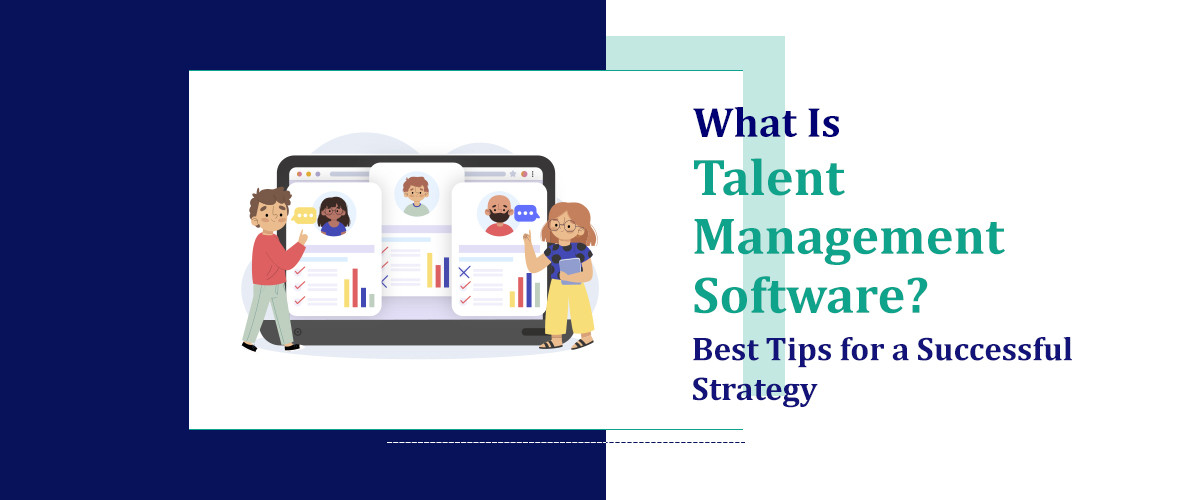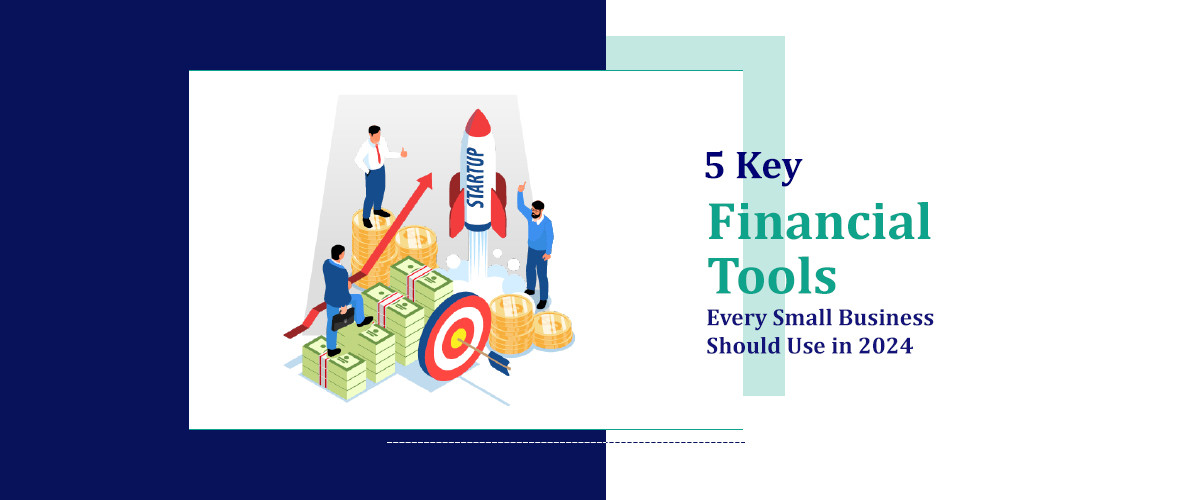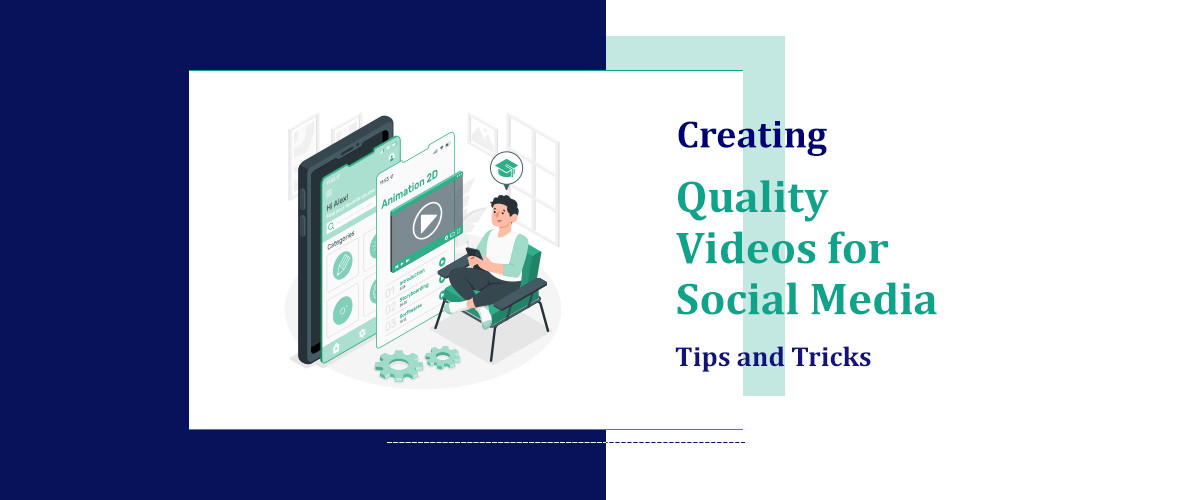What we'll cover
In the dynamic landscape of business management, where work environments are shaped by an interconnected global market, the backbone of success is a well-tuned human resource strategy. Emerging as a critical component within HR functions, Talent management software USA, also known as employee management software, has shifted from a mere technological tool to a necessity. With an array of features designed to foster a conducive workplace, manage employee life cycles, and enhance productivity, the adoption of such platforms has become a top priority for businesses around the globe.
In this comprehensive guide, we'll explore the quintessential role of employee management software in your business, how it can transform operational paradigms, and offer you pertinent insights to tailor a successful talent management strategy. This approach is tailored for small and medium-sized businesses, recognizing their unique structure and needs.
What Is Talent Management Software?
Talent Management Software, in its essence, is a suite of applications that help streamline the process of managing human resources from recruitment to retirement. This software incorporates modules for employee lifecycle management, including recruitment, onboarding, performance management, learning management, and succession planning.
The primary purpose of TMS is not just to digitise these processes but to optimise them. It equips businesses with tools that not only save time but enhance the quality of workforce management, thereby ensuring that businesses can direct the full force of their human resources towards their strategic objectives.
But, why is TMS so crucial in 2024? In an era where remote work is the norm and competition for top talent is fierce, TMS serves as an enabler, uniting and empowering the workforce, irrespective of geographical boundaries.
Benefit Of Talent Management Software?
-
Improved Hiring Processes: Automates and streamlines the recruitment process, making it easier to find and attract top talent.
-
Enhanced Employee Development: Facilitates personalised development plans, ensuring employees have access to the training and resources they need to advance in their careers.
-
Increased Retention Rates: Helps identify employee satisfaction and engagement levels, allowing interventions that reduce turnover.
-
Better Performance Management: Enables continuous performance monitoring and 360 Degree feedback software USA, improving overall productivity.
-
Strategic Workforce Planning: Assists in forecasting future workforce requirements and developing strategies to meet those needs effectively.
-
Data-Driven Decision Making: The software collects and analyses vast amounts of employee data, providing organisations with valuable insights into their workforce. This data can be used to make informed decisions regarding talent development, succession planning, and overall human resource strategies.
-
Cost-Effective Solution: Implementing a talent management software eliminates the need for manual, time-consuming processes such as paper-based evaluations and performance reviews. It also
Why Do You Need Talent Management Software?
In the fast-paced business environment of the USA, talent management software has become a necessity for organisations aiming to attract, retain, and develop top talent. This technology facilitates a more structured and effective approach to managing the employee lifecycle, from recruitment to retirement. By leveraging data analytics and automation, companies can make informed decisions, improve employee engagement, and tailor development programs to individual needs, thus ensuring their workforce remains competitive in the dynamic market landscape.
Talent management software has evolved significantly over the years, from basic record-keeping systems to sophisticated cloud-based platforms that offer a range of features and functionalities. This shows how rapidly technology is advancing and its growing influence on the workforce.
One major trend in talent management software is the integration of Artificial intelligence software USA(AI) capabilities. AI can analyse data at scale and identify patterns that may otherwise go unnoticed by humans. This allows for more accurate and efficient decision-making, leading to better outcomes for both employees and the organisation. Additionally, AI-powered tools can assist with tasks such as resume screening, candidate matching, and performance evaluations, freeing up HR professionals to focus on strategic initiatives.
Challenges and Considerations Of Talent Management Software?
Implementing TMS is not without its challenges. It's important to plan and execute the adoption of these systems with care and attention.
-
Implementation and Training
The success of any software system hinges on how well it is implemented and adopted by users. Businesses need to carefully plan and execute the implementation process, providing adequate training to ensure all users can utilise the full potential of the system.
-
Data Migration and System Compatibility
For businesses transitioning from legacy systems, the migration of data to a new TMS can be complex. Compatibility issues between the new system and existing software can also arise, and careful planning is essential to avoid disruptions in operations.
-
User Adoption and Change Management
The most powerful software is effective only if it is used. Organisations must employ change management strategies to ensure TMS is embraced by the workforce. Clear communication, end-user involvement, and a phased approach to implementation can enhance user adoption.
-
Case Studies or Examples
To illustrate the potential of TMS, consider the following examples of businesses that have successfully leveraged these systems to their advantage.
-
High-Growth Start-up
A rapidly growing start-up found that managing HR functions manually with their expanding employee base was no longer feasible. By adopting a TMS with robust recruitment and onboarding tools, the company streamlined its hiring process, reduced time-to-hire, and provided a positive onboarding experience for new employees.
-
Remote-First Technology Firm
With a workforce spread across different time zones, a tech firm encountered challenges in managing attendance and communication. A TMS solution enabled them to accurately track hours without manual intervention and facilitated seamless communication through integrated collaboration tools.
-
Traditional Manufacturer
A manufacturer with a predominantly blue-collar workforce sought to improve shift management and resource allocation. By implementing a TMS with sophisticated scheduling and task-tracking capabilities, the company optimised shift patterns and improved the utilisation of its workforce, leading to significant cost savings.
Choosing the Right Talent Management Software
-
User-Friendly Interface: Opt for software with an intuitive interface to minimise the learning curve and ensure widespread adoption among employees.
-
Integration Capabilities: The ability to seamlessly integrate with other HR systems and tools already in use is crucial for a holistic approach to talent management.
-
Comprehensive Analytics: Advanced analytics features are essential for making informed decisions, identifying trends, and forecasting future talent needs.
-
Regulatory Compliance: Ensure the software is compliant with local and international data protection and privacy laws to safeguard sensitive employee information.
-
Support and Training: Adequate support and training from the vendor are vital to solve potential issues and ensure smooth implementation and usage.
-
Cost-Effectiveness: Evaluate the software's cost against its features, support services, and the value it adds to your talent management strategy to ensure it's a cost-effective solution.
Conclusion
Talent Management Software is an essential tool for organisations looking to optimise their workforce capabilities and align employee performance with business objectives. By automating and streamlining the recruitment, development, and retention processes, such software not only saves time but also ensures a more strategic approach to talent management.
For SaaS Adviser platforms listed in the USA, choosing a solution that is flexible, scalable, and incorporates the latest trends in AI and machine learning can significantly enhance the value offered to users. Key to a successful strategy is the integration of this software into the broader HR system, alongside a commitment to continuous learning and adaptation to the evolving workplace dynamics. With these considerations in mind, organisations can leverage Talent Management Software to not only attract and maintain top talent but also to foster a culture of excellence and innovation.
Talent Management Software is a comprehensive platform designed to assist organizations in efficiently managing the entire employee lifecycle, including recruitment, onboarding, performance management, learning and development, succession planning, and retention.
It streamlines HR processes, improves decision-making through analytics, enhances employee engagement and development, and aligns talent management with business goals, ultimately driving organizational success.
Yes, small businesses can greatly benefit from Talent Management Software by automating key HR tasks, fostering employee growth, and building a strong foundation for scaling their workforce as the business grows.
Key features to consider include a user-friendly interface, integration capabilities with existing HR systems, comprehensive analytics and reporting tools, customizable performance management modules, and scalable solutions that grow with your business.
To ensure success, clearly define your talent management goals, choose software that aligns with your organization's needs, engage stakeholders throughout the process, provide ongoing training and support, and regularly assess and adjust your strategy based on performance data and feedback.


 (1).png)

